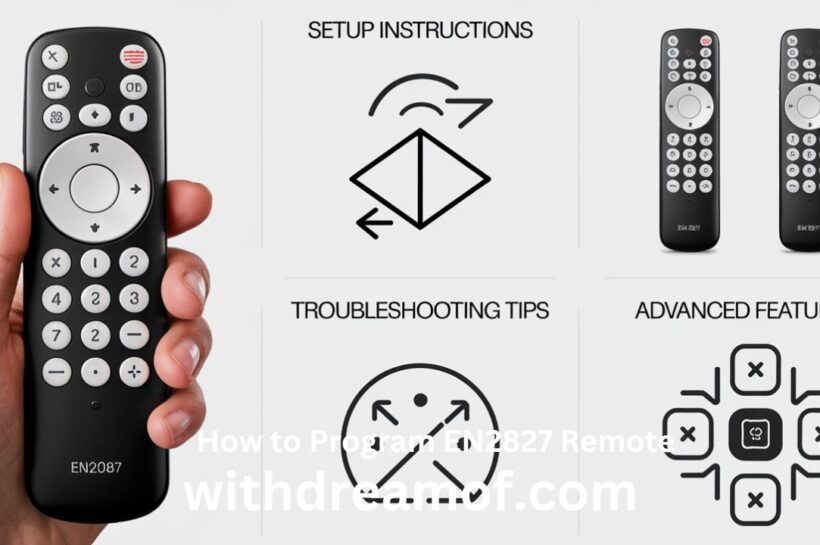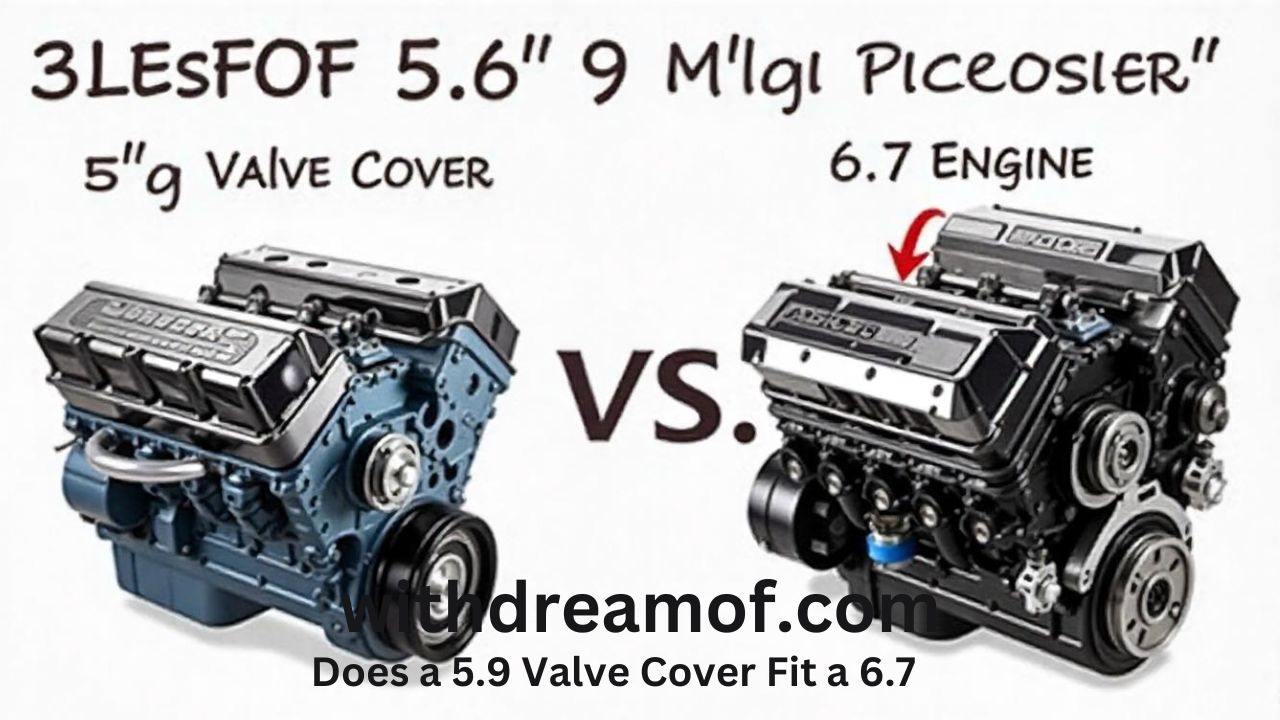Sewing enthusiasts often ask, What bobbin does the DDL87997 use? Knowing the correct bobbin ensures your machine performs flawlessly. The DDL87997, a popular industrial sewing machine, requires specific bobbins designed for its precise stitching capabilities. This guide explains the bobbin type, its features, and tips for achieving the best results in your sewing projects.
Understanding the Importance of Choosing the Right Bobbin
The bobbin plays a critical role in sewing machines, holding the lower thread for stitches. Using the wrong bobbin can cause skipped stitches, uneven tension, or machine malfunctions. Therefore, understanding what bobbin the DDL87997 uses is crucial for both beginners and professionals.
Specifications of the DDL87997 Sewing Machine
High-Speed Operation
The DDL87997 is an industrial sewing machine built for high-speed, precision stitching in professional environments.
Single Needle Functionality
This single-needle machine ensures clean, straight stitches, making it ideal for apparel and upholstery projects.
Durable Build
Designed for long-term use, the DDL87997 features robust components that withstand heavy workloads.
Thread Compatibility
The machine accommodates various thread types, provided the correct bobbin is used.
What Bobbin Does the DDL87997 Use?
The DDL87997 uses Class 15 bobbins, a standard size commonly found in industrial sewing machines. These bobbins are metal and compatible with high-speed operations. The metal construction ensures durability and smooth thread feeding, critical for maintaining consistent stitch quality.
Features of Class 15 Bobbins for the DDL87997
1. Standard Size
Class 15 bobbins measure approximately 20.3 mm in diameter and 11.7 mm in height, fitting perfectly into the DDL87997.
2. Metal Construction
These bobbins are typically metal, providing durability and stability during high-speed sewing.
3. Smooth Edges
The polished edges prevent thread snags, ensuring smooth and consistent stitching.
4. High Thread Capacity
Class 15 bobbins accommodate ample thread, reducing the frequency of rethreading during large projects.
5. Compatibility
Although designed for the DDL87997, Class 15 bobbins are also compatible with various other industrial sewing machines.
How to Insert and Wind the Bobbin in the DDL87997
1: Select the Right Bobbin
Ensure you use a Class 15 metal bobbin, free from defects or bends, to maintain proper thread tension.
2: Wind the Bobbin
- Place the bobbin on the winder spindle.
- Thread the machine correctly, following the diagram on the DDL87997.
- Engage the bobbin winder and run the machine to fill the bobbin evenly.
3: Insert the Bobbin
- Open the bobbin case cover and place the bobbin inside.
- Ensure the thread flows counterclockwise for proper tension.
- Pull the thread through the bobbin case slit and tension spring.
4: Test the Stitching
After inserting the bobbin, perform a test stitch on scrap fabric to check for consistency.
Common Issues with Bobbins and How to Solve Them
1. Thread Bunching
This occurs when the bobbin is incorrectly inserted or tension is uneven. Rewind the bobbin and check the threading path.
2. Skipped Stitches
A damaged bobbin or incorrect size may cause skipped stitches. Always inspect bobbins before use and replace them if necessary.
3. Uneven Thread Winding
If the thread winds unevenly, ensure the bobbin is securely placed on the winder spindle and adjust the guide as needed.
4. Machine Jamming
Lint or debris in the bobbin case can cause jamming. Clean the bobbin case regularly to prevent this issue.
Tips for Optimal Bobbin Performance
Use Quality Bobbins
Invest in high-quality Class 15 bobbins made of durable metal to avoid issues like warping or thread snags.
Match Thread and Bobbin
Always use the same thread type and weight on the bobbin and upper spool to ensure balanced tension.
Clean the Machine Regularly
Remove lint and debris from the bobbin case and surrounding area to maintain smooth operation.
Avoid Overfilling
Do not overfill the bobbin, as this may cause uneven feeding or jamming.
Store Bobbins Properly
Keep bobbins organized and away from dust to prevent tangling or damage.
Alternative Bobbin Types for the DDL87997
While Class 15 bobbins are standard, some users explore alternatives like pre-wound bobbins. These options offer convenience but should meet the same size and material requirements as Class 15 bobbins to ensure compatibility.
Comparing Metal vs. Plastic Bobbins
| Feature | Metal Bobbins | Plastic Bobbins |
|---|---|---|
| Durability | Highly Durable | Prone to Wear |
| Stitch Consistency | Excellent Stability | May Skip Under Pressure |
| Weight | Heavier (Preferred for High Speed) | Lightweight |
| Compatibility | Ideal for Industrial Machines | Suitable for Domestic Machines |
FAQs About the DDL87997 Bobbin
What size bobbin does the DDL87997 use?
The DDL87997 uses Class 15 metal bobbins, measuring approximately 20.3 mm in diameter and 11.7 mm in height.
Can I use plastic bobbins in the DDL87997?
Plastic bobbins are not recommended due to their lightweight design, which may cause inconsistencies in high-speed operations.
How often should I clean the bobbin case?
Clean the bobbin case after every project or whenever lint buildup is visible to maintain optimal performance.
What thread type works best with Class 15 bobbins?
The best results come from using high-quality polyester or cotton threads matched in weight for both the upper spool and bobbin.
Where can I buy replacement bobbins?
Purchase replacement Class 15 bobbins from authorized dealers or online platforms specializing in sewing machine accessories.
Can pre-wound bobbins be used in the DDL87997?
Yes, pre-wound bobbins are compatible if they match the Class 15 specifications and are made of metal.
Conclusion
Understanding what bobbin the DDL87997 uses ensures your sewing projects run smoothly and efficiently. With Class 15 metal bobbins, this industrial machine delivers consistent performance, making it ideal for both professional and personal use. By following the tips and troubleshooting advice outlined in this guide, you can optimize your sewing experience and extend the life of your machine.











